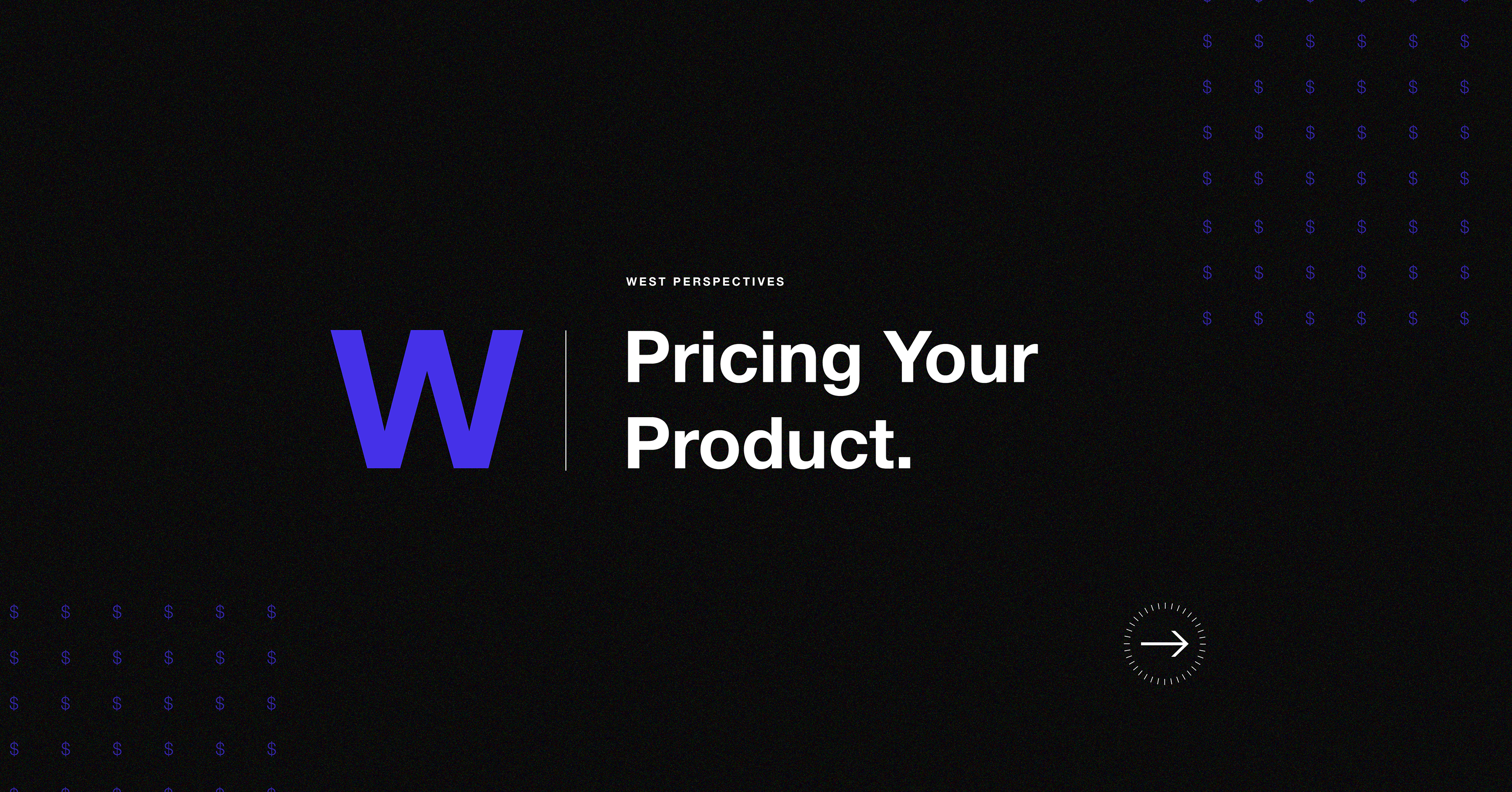This is the second post in a series on the topics that are top-of-mind for founders and the bite-sized building blocks needed for success.
Last quarter we dove into the fundamentals of building a consumer brand in 2020. With new companies and products slated to launch in the first half of next year, we wanted to address questions commonly asked by our founders when it comes to pricing their products, services, and overall businesses. Our Managing Director, Stacy Tarver Patterson, shared her initial thoughts during her Quora session, so we’re zeroing in on three concepts that can jumpstart any pricing discussion.
As a venture studio, our work sits at the unique intersection of brand strategy, creative, business strategy and venture capital. We work with founders and teams at key inflection points in their businesses––like launching a new product into the market. We can’t stress enough how important a role pricing plays in the way your business shows up in the market and how your potential customers perceive you. Pricing is not only a modeling question, it’s also a brand question.
One all too common mistake we see founders make is jumping right into excel––building the models and frameworks before answering the big strategic questions. While pricing models shift with business models (B2B, B2C, etc.), the strategies below are applicable to all models and markets and they will reframe your perspective to address the big strategic questions, first. We hope that these ideas will lay the foundation for a successful pricing strategy and provide tangible exercises to try when considering your pricing model and positioning in the market.
Price the problem, not the solution
Before you can set a pricing model that makes sense for your business, you need to consider what your product is actually accomplishing for your customers. Most customers care more about what issue they’re solving with your product than they do about the specifics of how it is being solved. How much money, time, or effort does your product save for your ideal customers? How much power, peace of mind, or joy do they gain with your product? Once you have those answers, you can better assess what your solution is worth to those who need it.
What else is in their basket?
After identifying the cost of the problem, it’s important to understand the full landscape of solutions and products that consumers currently use to accomplish their goal. For example, if your company is selling a product for runners, you should know how many dollars your ideal customer currently spends on running gear, equipment, and anything else that goes into their training. Even if your product is niche, try to imagine the bucket - and budget - your ideal customer would place your product in. Once you better understand their budget and the overall spending habits of the category, you can consider the “total basket,” or “total wallet,” size. This gives you the key to understanding how much a customer would be willing to pay for your product and what unexpected market share you may be capturing from your category.
Your price is not the final price
It’s important to look beyond the direct competition in the market. Consider what other factors may impact the final cost to your customer. Sales, promotions, partnerships, giveaways, price negotiations, inventory costs, and customer journey friction can all affect the sticker price. The specific outside factors absolutely will vary from business to business, but thinking ahead and considering how your price may be impacted – and as a result, your margins – by external forces, matters. Moreover, consider what is expected as a result of your branding. If your product exists in a luxury market, what is expected of something at that price? Make sure that when you factor in outside considerations, you don’t forget to include customer expectations.
Okay, so now what?
To help you get started, we created a quick template that can be used to kickoff any pricing conversation. On the template, you'll see an example on the right side. Use that to guide you throughout the exercise. You can view and download the template here.
And remember, pricing needs to be in lock step with your overall marketing! It’s an element of your brand that is critical to nail early on. Most companies only get to introduce themselves once, so ensuring that the price fits your customer’s needs and meets the expectations you set through your brand should be a top consideration.
For more brand fundamentals, check out Stacy Tarver Patterson’s 3 Essentials for Building Consumer Brands and Jeremy Lind’s guide to building the right Customer Journey.


No Comments.